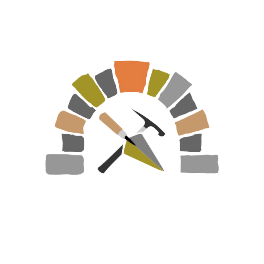Pruning is an important method of preventative maintenance for both new and more established plants. A regular pruning schedule protects your plants, family, and property from injury, pests and damage. Pruning removes dead and dying branches, allowing for new growth. It also deters pest infestations and promotes the plant’s natural shape. Regular trimming will enhance aesthetics and keep plants properly proportioned.
When you choose Outdoor Living Hardscapes for regular pruning, you’re reducing the risk of storm damage to nearby buildings and vehicles from broken branches. This practice will also protect your family and friends from falling branches over walkways, driveways, and children’s play areas. We check the strength and health of your trees, as well as ideal placement. This also helps control vermin.
Pruning on your own requires climbing to tall heights and cutting down limbs, both of which could result in injury to yourself or property. Improper pruning can harm the tree, thus we recommend seeking professional help. Outdoor Living Hardscapes pruning services can assist with pruning trees, shrubs, and other plants so that you and your plants are safe! Below is a brief description of the different types of pruning, including thinning, topping, raising, and reduction.
Thinning
This method involves removal of a branch from its point of origin on the tree. The reasons are normally for enhanced light penetration and growth management.
Topping
Most of the branches are cut down to the trunk in this method. Topping is commonly used in guiding young trees to grow a certain way.
Raising
This involves the trimming of low-hanging branches to create better headroom.
Reduction
This means trimming back a tree’s overall volume, like creating space for power lines.



